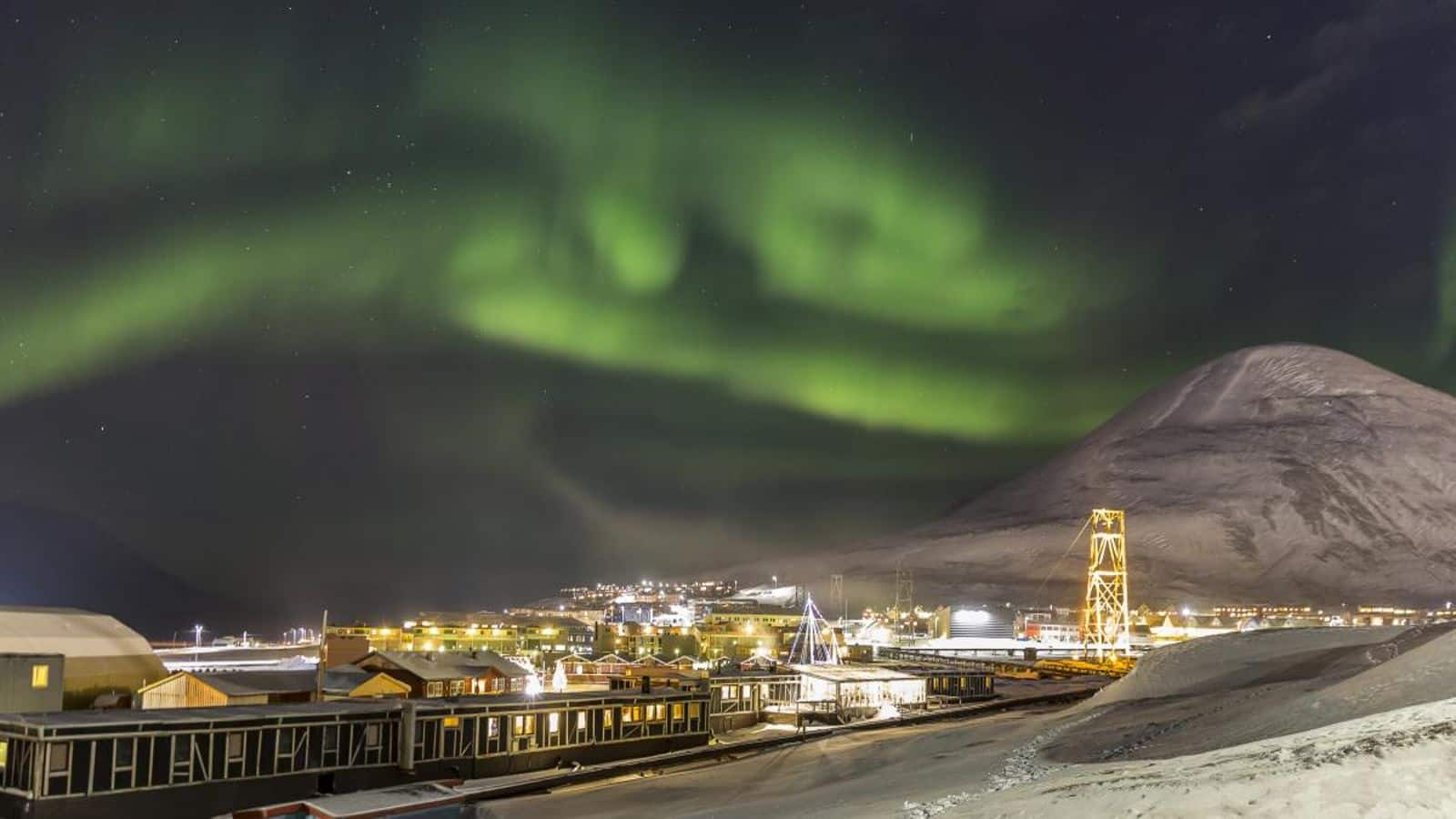
Witness the stunning polar night phenomenon in Svalbard, Norway
What's the story
Svalbard, Norway, is a unique destination far above the Arctic Circle known for its polar night phenomenon.
During this time, the sun does not rise for months, enveloping the region in continuous darkness.
This period offers a magical experience with stunning natural phenomena like the northern lights and a serene, snowy landscape that feels like stepping into another world.
Aurora hunting
Chase the Northern Lights
During Svalbard's polar night, chasing the northern lights becomes a prime activity.
The prolonged darkness provides an excellent backdrop for this stunning light display.
Visitors can join guided tours that head into the wilderness, far from light pollution, to increase their chances of witnessing the auroras.
It's essential to dress warmly and have patience; the natural show is truly worth the wait.
Ice caving
Explore glacial caves
Explore Svalbard's glacial caves and their ever-changing ice formations.
With helmets, headlamps, and safety gear from local tour operators, visitors can navigate icy tunnels and chambers safely.
These glistening caverns offer a glimpse of nature's artistry.
It's a unique adventure that unveils a hidden, sparkling world beneath the snowy exterior, providing an unforgettable experience in the heart of the Arctic.
Snowmobile tours
Embark on snow safari
For those seeking thrill amidst tranquility, snowmobile tours across Svalbard's icy landscapes offer an exhilarating way to explore vast frozen tundras and get up close with Arctic wildlife such as reindeer and Arctic foxes.
These guided tours cater to all levels of experience and provide a unique perspective on Svalbard's extreme environment while ensuring safety throughout your journey.
Museum visits
Discover polar history
Svalbard is not just about natural wonders; it also has a rich history tied to polar expeditions and coal mining.
The Svalbard Museum in Longyearbyen offers insights into local culture, history, and wildlife through engaging exhibits.
It's the perfect way to spend part of your dark day learning about how humans and animals have adapted to life at these extreme latitudes.